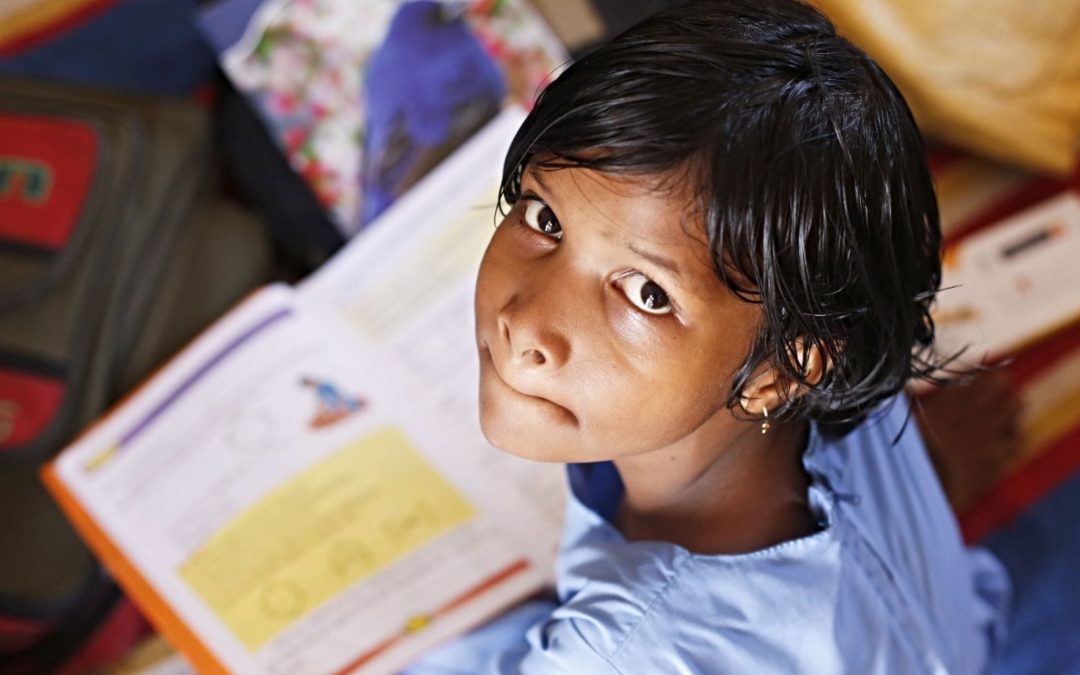Inequalities have triggered protests and unrest around the world, but the disparities driving such demonstrations are not wholly financial in nature, according to a report published on Dec. 9 by the United Nations Development Programme (UNDP).
While progress has been made addressing matters such as poverty, food insecurity and other forms of extreme deprivation, significant gaps remain in areas such as education, health, climate change impacts and human rights, to name a few.
These human development inequalities, as the report calls them, drive unrest as do financial imbalances.
“Too often, inequality is framed around economics, fed and measured by the notion that making money is the most important thing in life,” observed Achim Steiner, UNDP administrator, in the report’s foreword. “But societies are creaking under the strain of this assumption, and while people may protest to keep pennies in their pockets, power is the protagonist of this story: the power of the few; the powerlessness of many; and the collective power of the people to demand change.”
This is not to suggest that income inequality is unimportant, the report emphasized, noting that “income and wealth inequalities are often translated into political inequality, in part because inequalities depress political participation, giving more space to particular interest groups to shape decisions in their favor.”
The report urged readers and advocates to focus on improving personal capability (“freedoms to make life choices”) to address all forms of inequality, rather than focusing primarily on a single metric (often financial).
A 2009 primer further explaining UNDP’s approach to capacity development is available here.
To expand personal capability, development efforts should seek to ensure that both basic capabilities (which include the ability to read and vote, and to obtain primary education and to access basic technology) and enhanced capabilities (including the ability to obtain higher education, to access advanced technology and to serve in public office) are met.
Currently, while basic capabilities are being ensured for a growing number of people (even though significant work remains to be done), inequalities of enhanced capabilities are becoming more visible in the 21st century and “are at the root of a new generation of inequalities.”
“Time and again, the analysis shows that countries and people at the bottom are catching up in basic capabilities while those at the top pull away in enhanced capabilities,” the report said.
For example, while there is a narrowing of the gap for life expectancy at birth (basic capability) between low human development countries and high development countries, over the past 20 years, the average life expectancy at age 70 (enhanced capability) improved in high development by more than double the rate of low development countries.
A similar pattern was seen in education. While a growing number of children in low development nations are receiving a primary education, there remains a 52% gap between the percentage of children with a primary education in low and high development nations.
In addition, the increased share of the population with a tertiary education in high development countries (7.1% increase from 2005 to 2015) is significantly outpacing those of low development nations (1.1% increase).
“There is evidence for the same pattern of divergence across a wide range of enhanced capabilities,” the report said. “These are the inequalities that will likely determine people’s ability to seize the opportunities of the 21st century, function in a knowledge economy and cope with climate change.”
The full report is available here.


